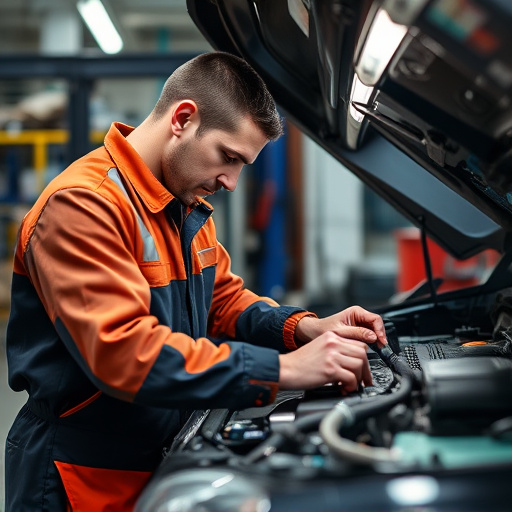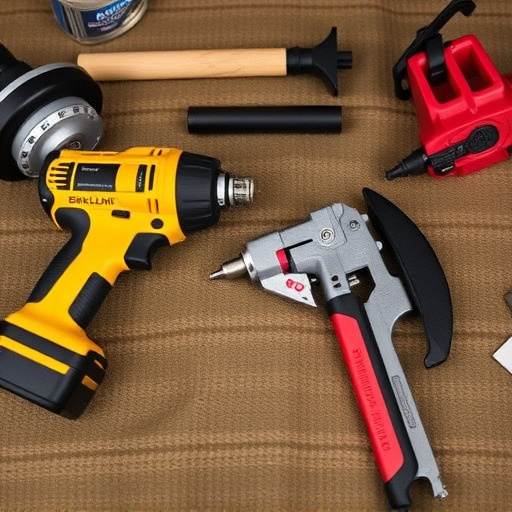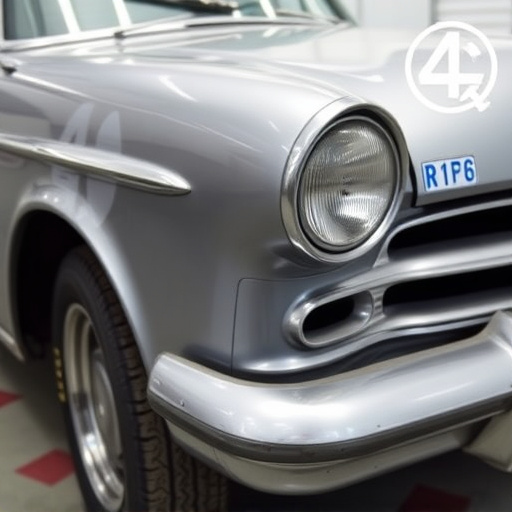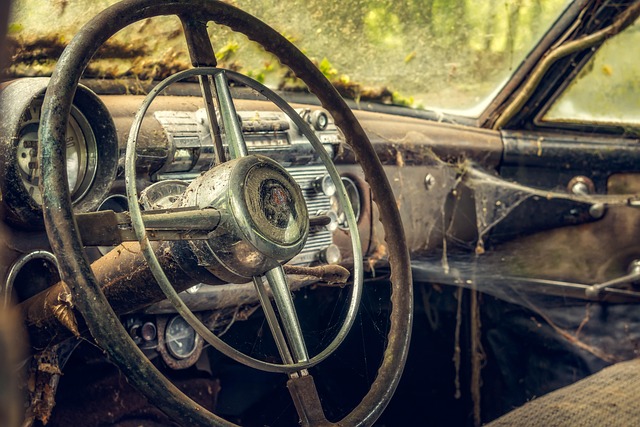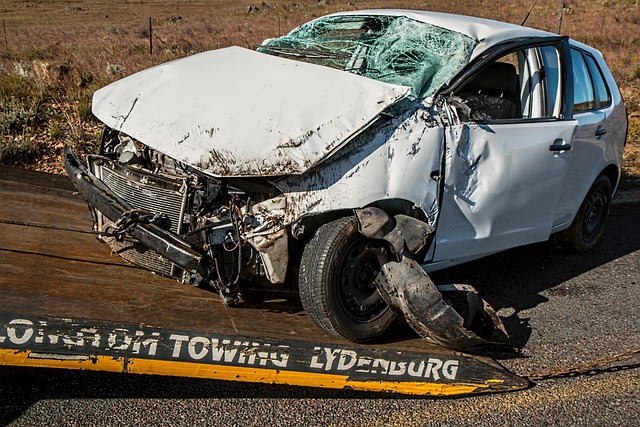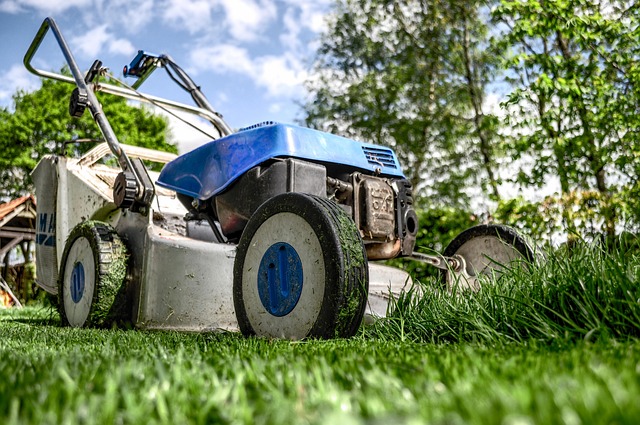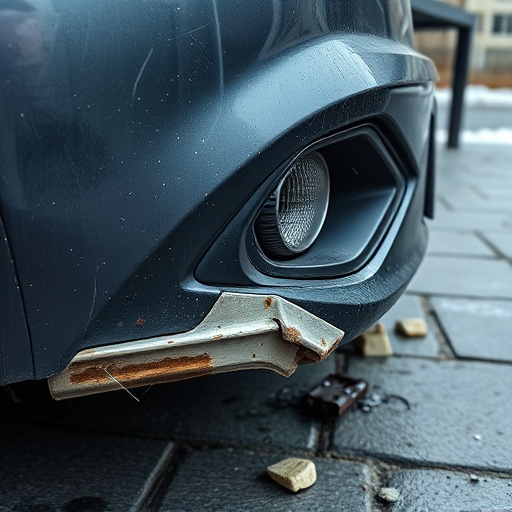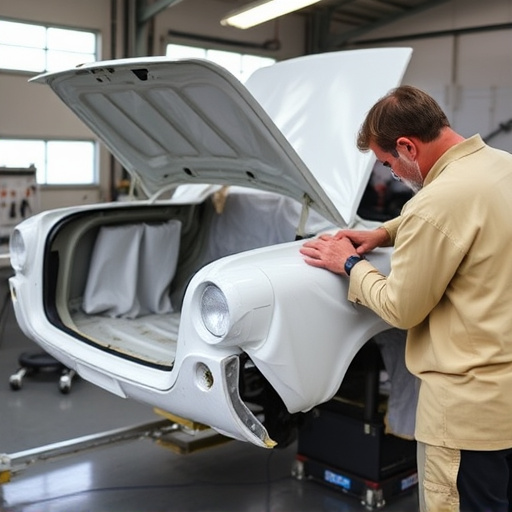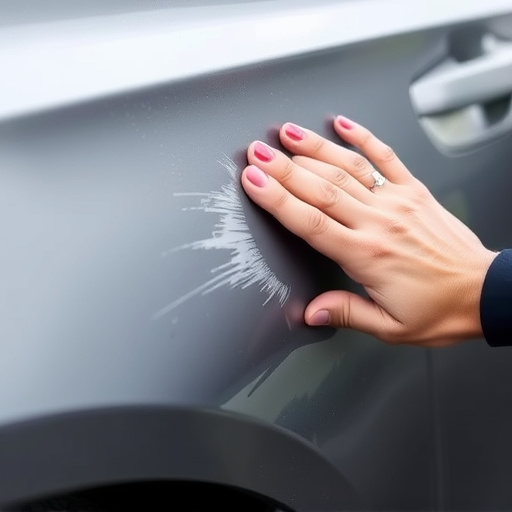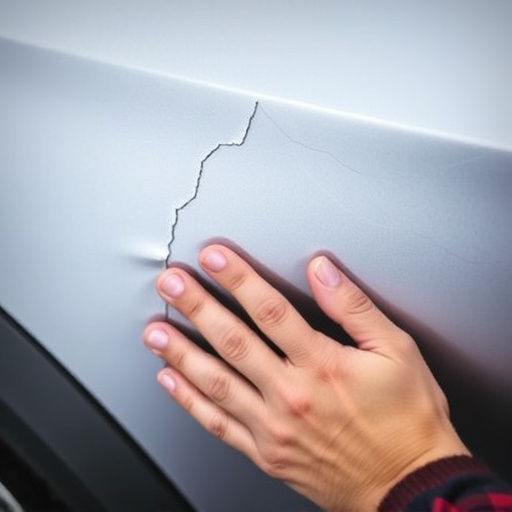Post-accident frame analysis is a meticulous process that goes beyond visual inspection to assess a vehicle's structural integrity after a collision. This critical evaluation, essential for insurance and repair estimates, determines damage extent, repair feasibility (including paintless dent repair), and ensures safety standards compliance. Advanced tools like X-rays, 3D scanning, and CAD software help experts uncover hidden structural issues, guiding restoration processes and maintaining optimal vehicle performance and safety.
Post-accident frame analysis is an essential process that helps uncover critical insights and determine root causes after a mishap. This step-by-step guide aims to demystify this crucial procedure, providing valuable knowledge for professionals in any industry. By following these defined stages, from initial scene assessment to comprehensive reporting, you’ll gain a deeper understanding of what led up to an accident—a key factor in preventing future occurrences and enhancing safety measures.
Understanding Post-Accident Frame Analysis

Post-accident frame analysis is a meticulous process that involves examining and documenting the condition of a vehicle’s structural framework after a collision. This critical assessment goes beyond visual inspection, delving into the integrity of various components to determine the extent of damage and feasibility of repair. It’s not just about identifying dents or scratches; it’s about understanding how the accident has affected the vehicle’s overall stability and safety features.
This analysis is crucial for both insurance purposes and accurate estimation of vehicle repair services, including paintless dent repair and auto body repair. By thoroughly analyzing the frame, experts can make informed decisions, ensuring that every part is either safely reusable or replaced with high-quality components, ultimately determining the best path forward for a complete and safe restoration.
– Definition and purpose

Post-accident frame analysis is a meticulous process that involves examining and documenting the structural integrity of a vehicle following a collision. Its primary purpose is to assess the extent of damage, identify potential safety hazards, and determine the feasibility of repair, ensuring the vehicle meets safety standards before being returned to the road. This comprehensive evaluation goes beyond visual inspection, employing advanced tools and techniques to analyze the frame’s geometry, alignment, and strength.
For a collision repair shop, conducting thorough post-accident frame analysis is crucial for accurate diagnosis and effective vehicle dent removal or more complex repairs. It helps in planning the restoration process, estimating costs, and ensuring that every component is restored to its original specifications, thereby maintaining optimal safety and performance standards.
– When is it necessary?

Post-accident frame analysis is a crucial step for auto body shops and repair technicians to accurately assess vehicle damage and plan effective repairs. It’s post-accident frame analysis that helps uncover hidden or concealed damages, ensuring every part of the vehicle is in optimal condition before proceeding with car paint repair or auto body painting. This becomes especially necessary after severe accidents, where initial visual inspections might miss internal structural damage, or when a vehicle has undergone previous repairs.
In many cases, an experienced technician will use specialized tools and techniques to thoroughly inspect the frame, including X-rays, 3D scanning, and computer-aided design software. This in-depth analysis is vital for safe and reliable auto repair, preventing future issues that could compromise the vehicle’s structural integrity or safety features. Whether it’s a simple fender bender or a major collision, performing a meticulous post-accident frame analysis before starting any auto body painting or restoration work ensures both quality and customer satisfaction.
Post-accident frame analysis is a powerful tool for uncovering insights and learning from incidents. By systematically examining the context, events, and perspectives surrounding an accident, organizations can identify root causes, implement effective safety measures, and foster a culture of continuous improvement. This step-by-step guide provides a structured approach to navigating this process, ensuring that every aspect is carefully considered in order to prevent future occurrences and enhance overall safety.

